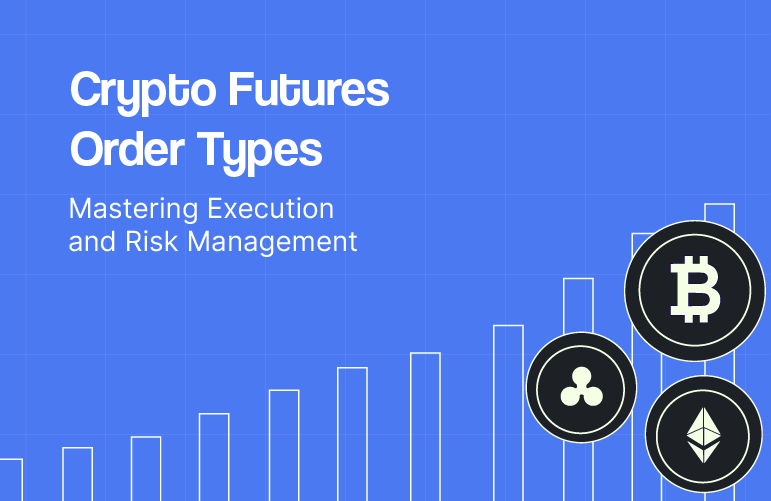Whether you’re stepping into the crypto futures market for the first time or you’re a seasoned trader, the skill of placing the right order type at the right time can significantly impact your trading journey. This essential skill is an integral part of a trader’s overall strategy. Crypto futures order types offer a spectrum of options for buying or selling digital assets under specific conditions. Understanding the mechanics of each order type and knowing when to deploy them empowers traders to navigate the market effectively and manage risk.
Exploring Crypto Futures Order Types:
Market Orders: Swift Execution with Considerations
Market orders are the simplest form of crypto futures orders, instructing the exchange to execute a trade at the best available price in the current market. Ideal for traders prioritising instant execution over precise pricing, market orders come with the caveat of slippage. This is the difference between the expected and actual execution price, particularly relevant in highly volatile markets.
Considerations for Market Orders:
- Provide quick execution but may not guarantee the desired price.
- High volatility and low liquidity can lead to significant slippage, impacting the final execution price.
- Caution is advised during extreme price fluctuations.
Limit Orders: Precision Control in Fast-Moving Markets
Limit orders grant traders more control over execution prices. By specifying the maximum buying price or minimum selling price, the trade executes only when the market reaches the specified price or better. Limit orders are beneficial when traders want to enter or exit positions at precise levels.
Considerations for Limit Orders:
- Offer price control but may not guarantee immediate execution, especially in fast-moving markets.
- The order may only be fulfilled if the market reaches the specified price.
- Traders need to balance price precision with the risk of missing potential trades.
- Stop Orders: Managing Risk in Volatile Markets
Stop Orders: Managing Risk in Volatile Markets
Stop orders become market orders once a specified price level (stop price) is reached. These conditional orders, crucial for risk management, come in two main types: stop-loss orders and stop-limit orders.
- Stop-Loss Orders: Designed to limit losses by automatically selling a position when the market price reaches the stop price. They act as vital risk management tools.
Example of Use: Placing a stop-loss order at $40,000 for Bitcoin ensures a market sell order if the price falls to or below $40,000, limiting potential losses.
Considerations for Stop-Loss Orders:
- Essential for risk management and capital protection.
- Slippage may occur during extreme volatility, impacting execution prices.
Effectively navigating the dynamic and sometimes unpredictable crypto futures markets requires a deep understanding of various order types. Market orders offer swift execution with considerations for slippage, while limit orders provide precision control with potential trade-offs. Stop orders, including stop-loss and stop-limit orders, are crucial for managing risk and protecting profits in volatile markets. By strategically using these order types, traders can enhance their trading experience and increase their chances of achieving their objectives in the ever-evolving world of cryptocurrency futures trading.

